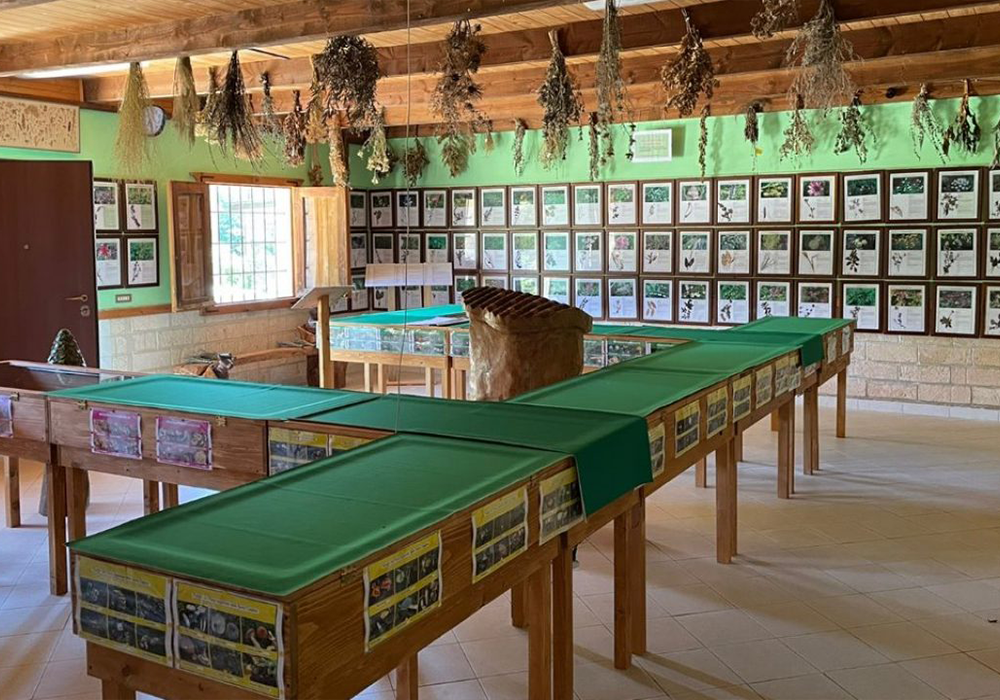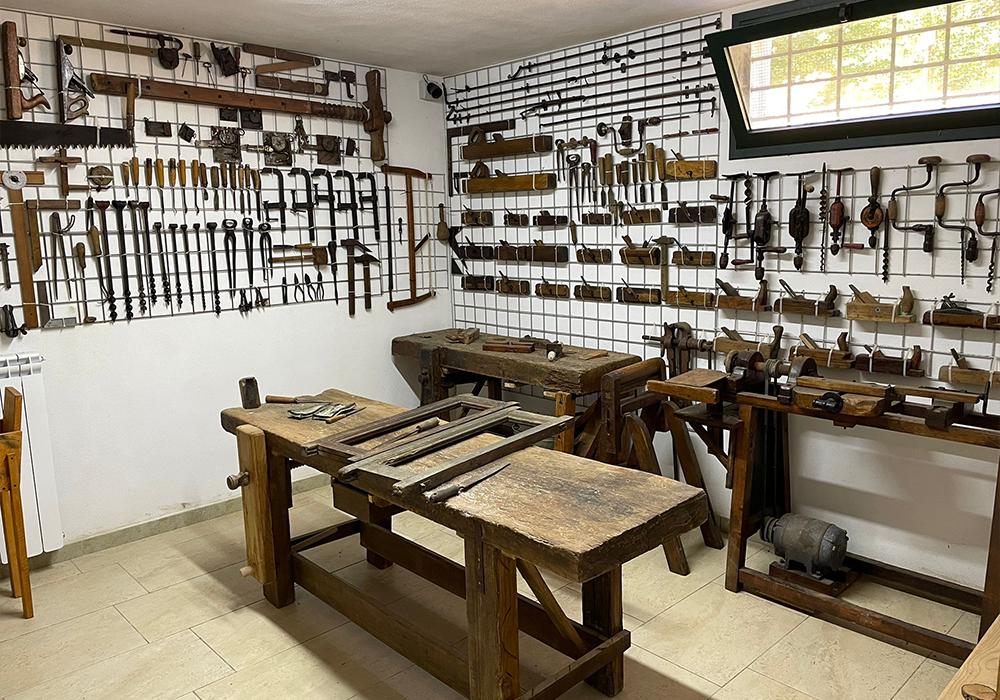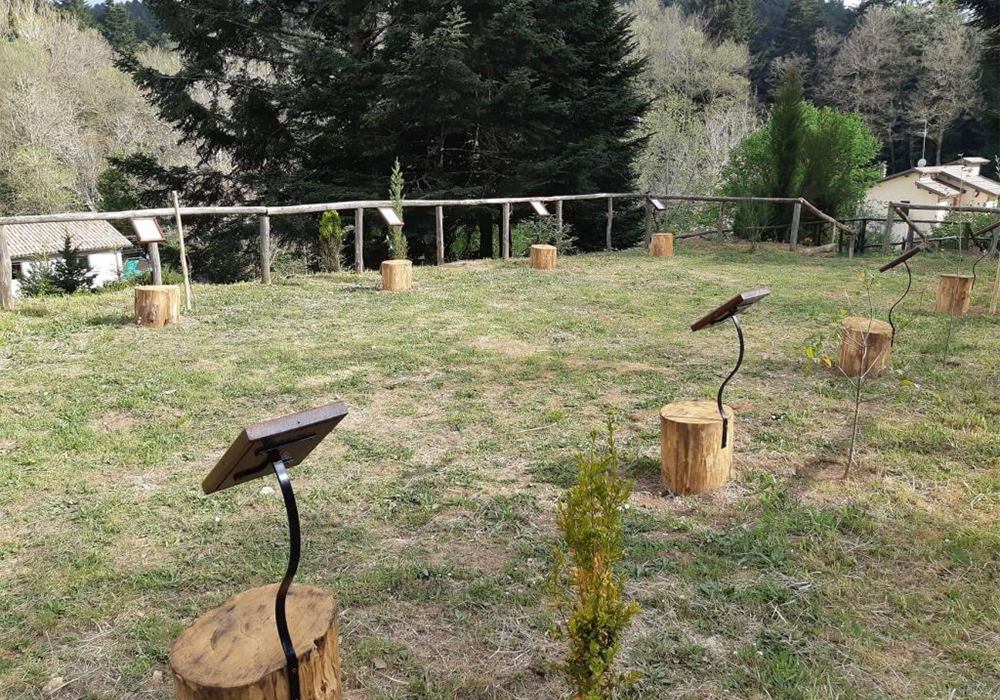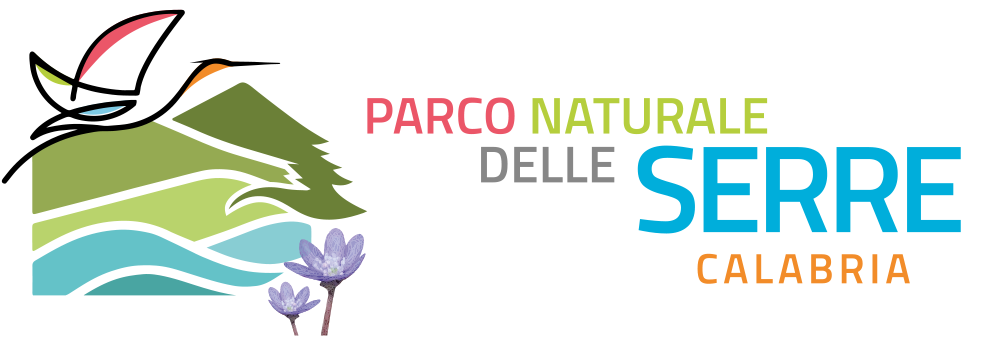Museums
Park culture lives here, among nature, art and tradition
Share
Browse content
Serra San Bruno (VV)
Charterhouse Museum
The Charterhouse Museum, established in 1993 at the urging of the monastic community of Serra San Bruno, aims to be a link and connection between monastic life and the world. It is a door that the monks have opened in order to welcome pilgrims and tourists to a space for reflection and knowledge. An opening through which, those who come all the way to Serra San Bruno can access a way of life and a world that is out of the ordinary. Over nine hundred years, thousands of monks, starting with St. Bruno, founder of the Carthusian Order, have lived in this place, leaving traces of their silent presence in the environment that hosted them. We find signs of this spirituality of communion in the woods surrounding the monastery, on the paths that saw the Carthusians walk on their weekly walks, in the churches and religious traditions of this small mountain village.
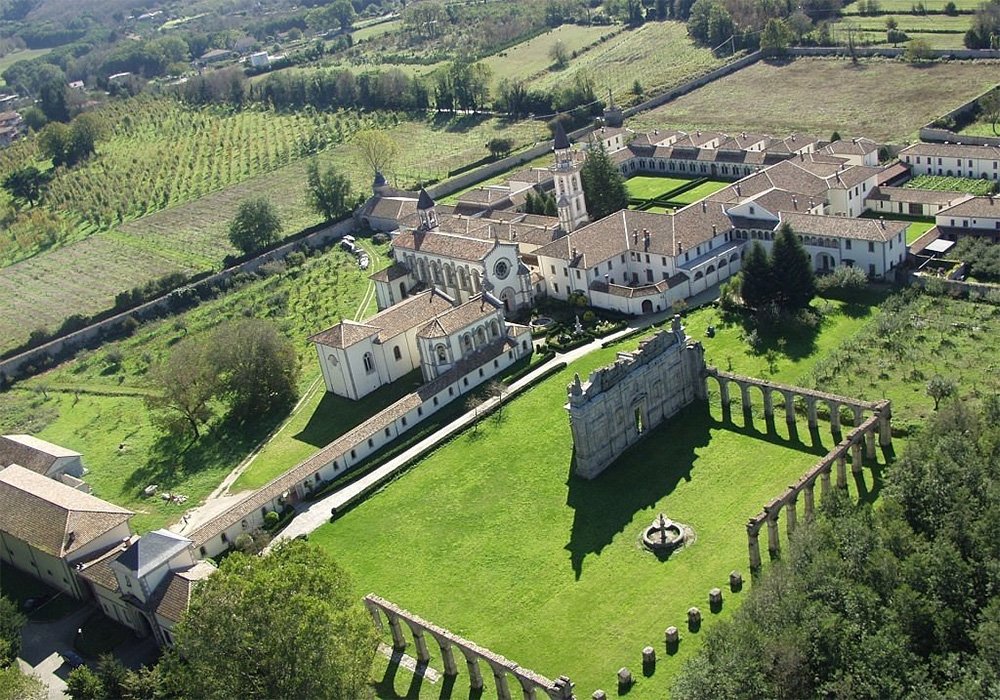
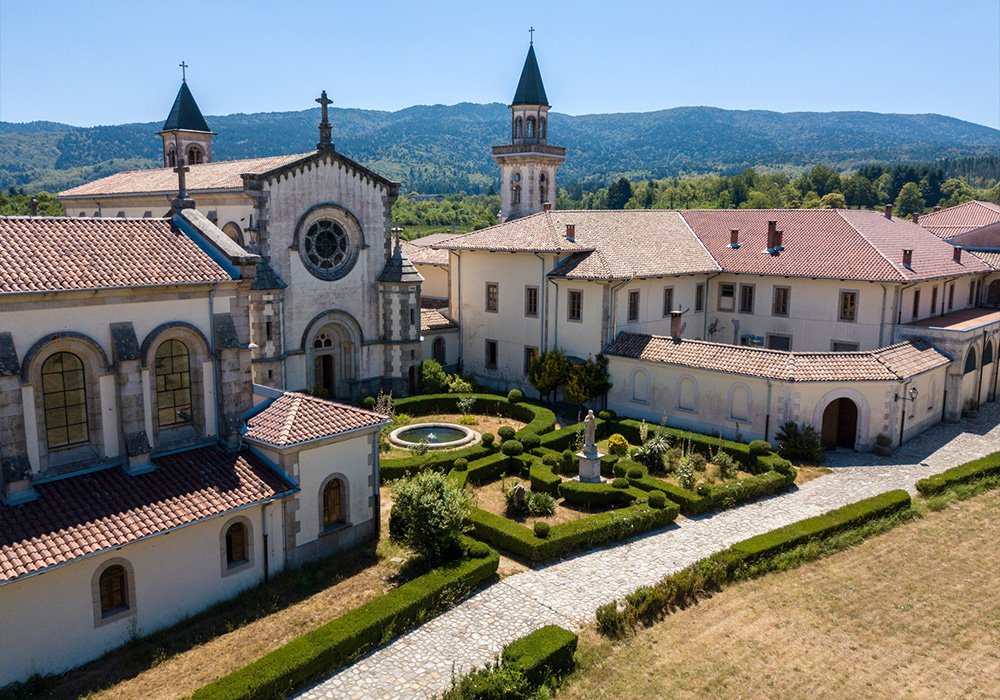
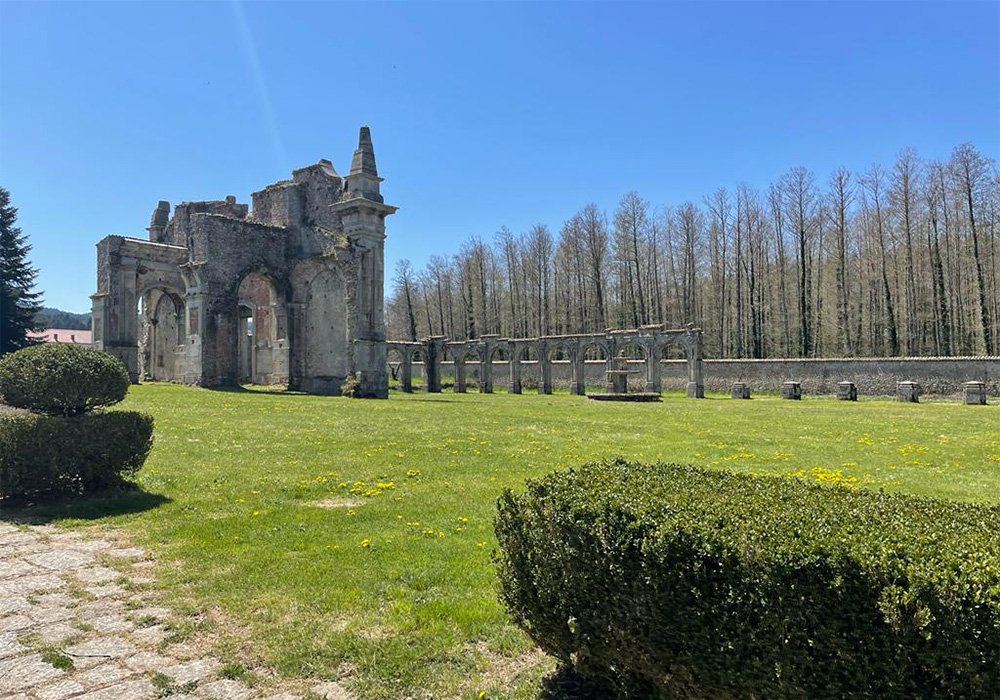
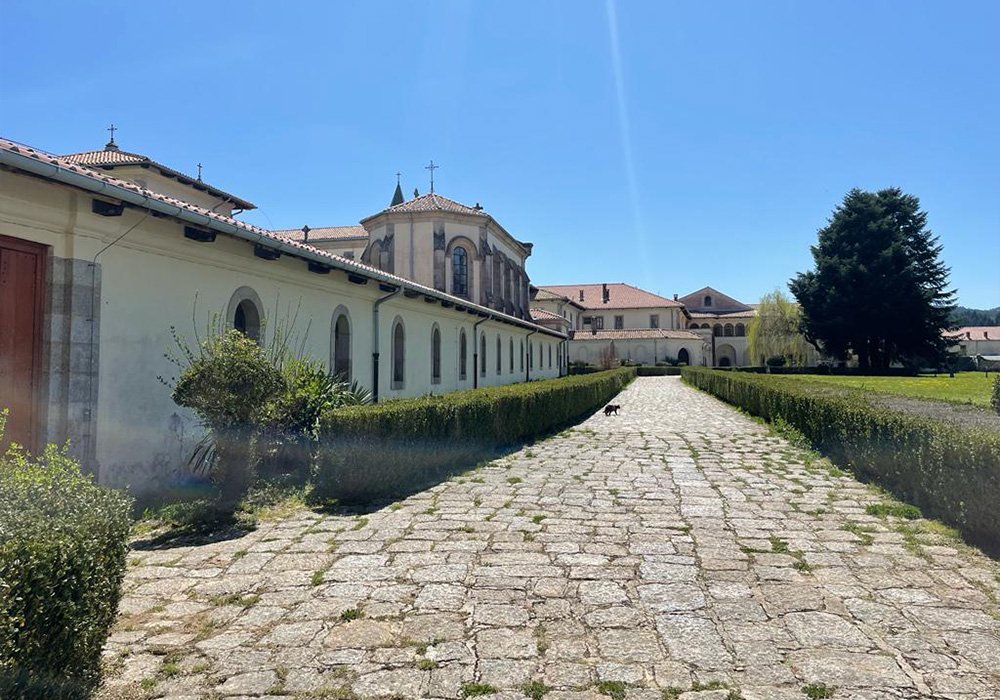
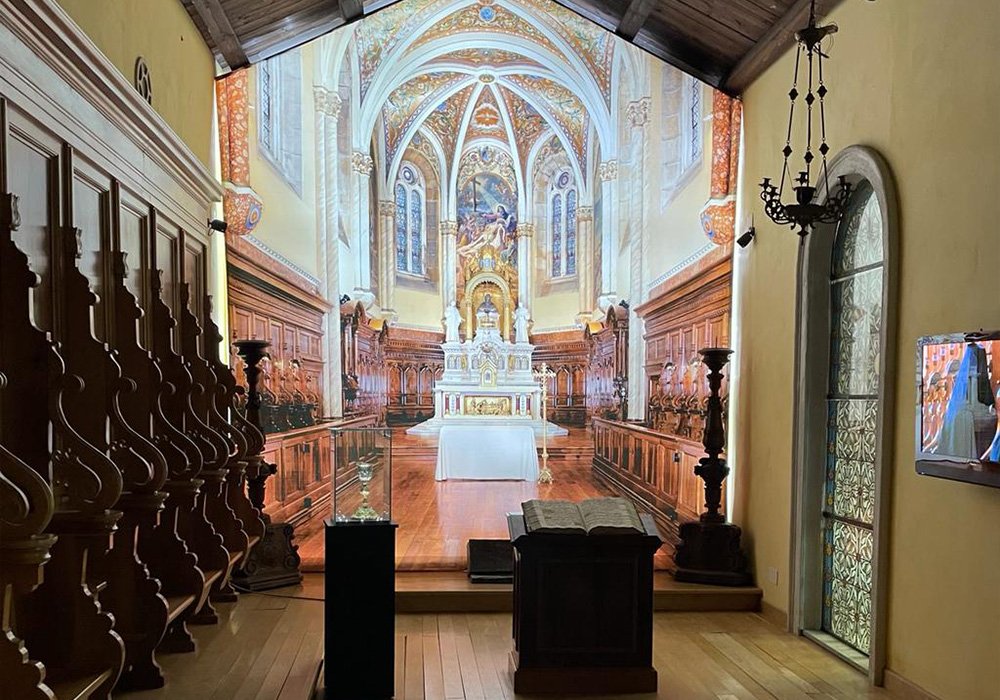
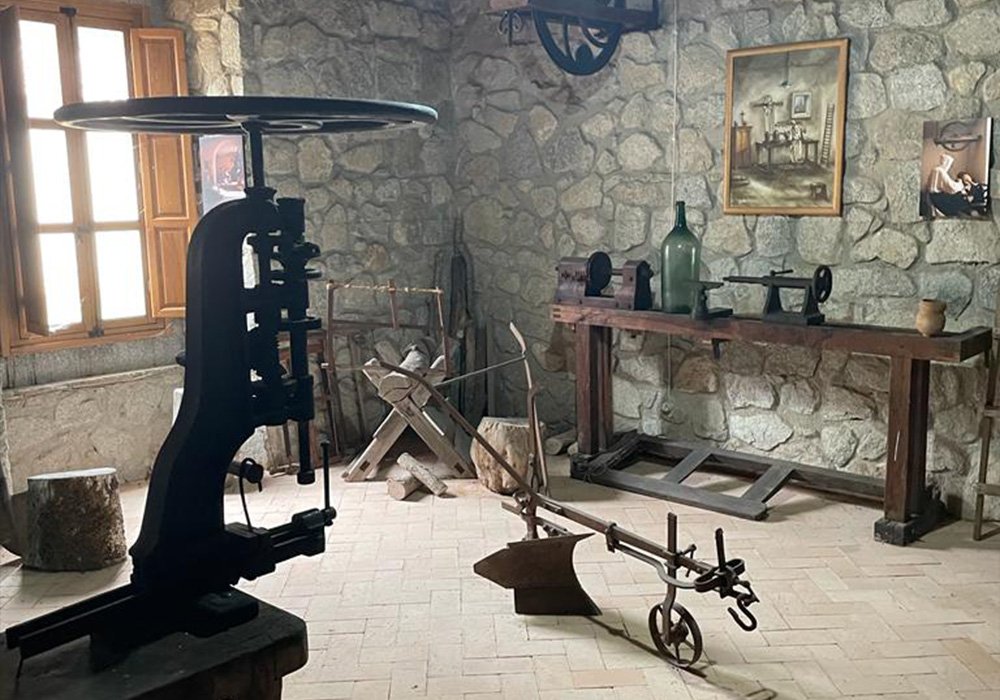
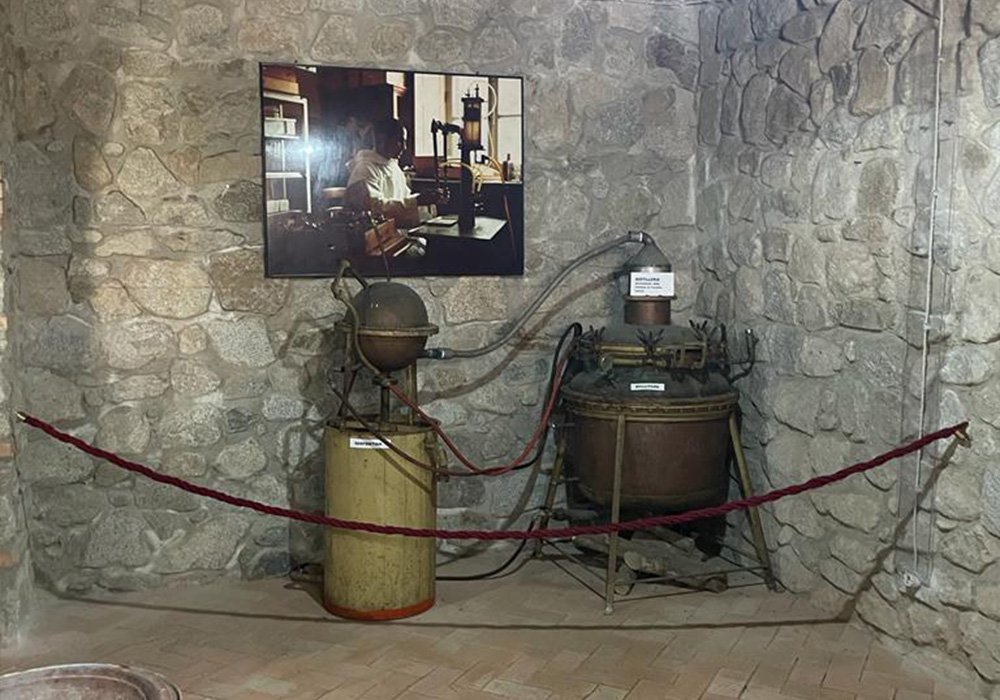
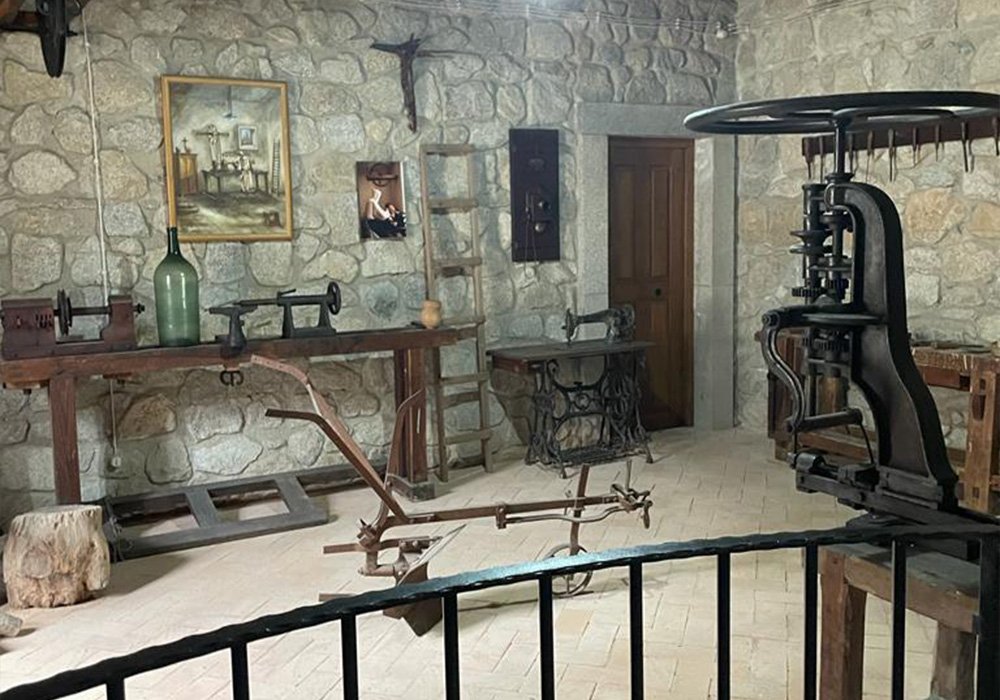
Mongiana (VV)
MuFAR
The Museum of the Royal Bourbon Ironworks or MUFAR is a museum of industrial archaeology in the town of Mongiana (Vibo Valentia) in Calabria, which opened on October 23, 2013, and focuses on the history of the Mongiana steel hub created during the Bourbon reign between the 18th and 19th centuries.
In 1872, when steelmaking activities ceased for good due to lack of orders, the industrial buildings were gradually abandoned. Resold in the late 19th century, they became housing and warehouses. Among them, the former Mongiana Arms Factory, rediscovered in the late 1970s in a state of complete disrepair, underwent a thorough process of rehabilitation. In October 2013, architectural restoration was completed with the setting up of the Royal Bourbon Ironworks Museum.
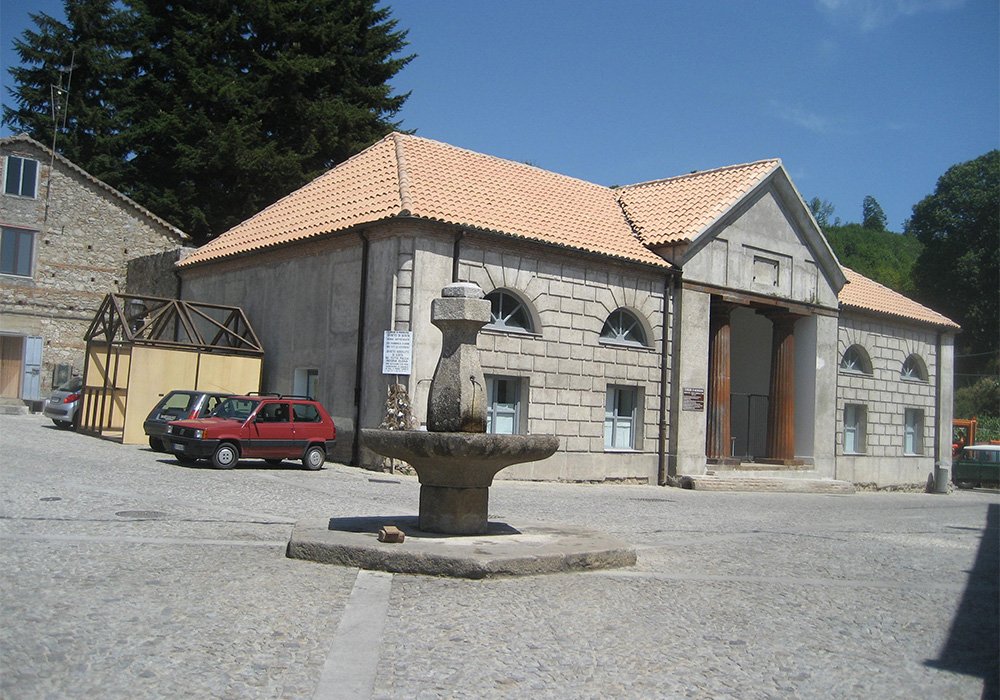

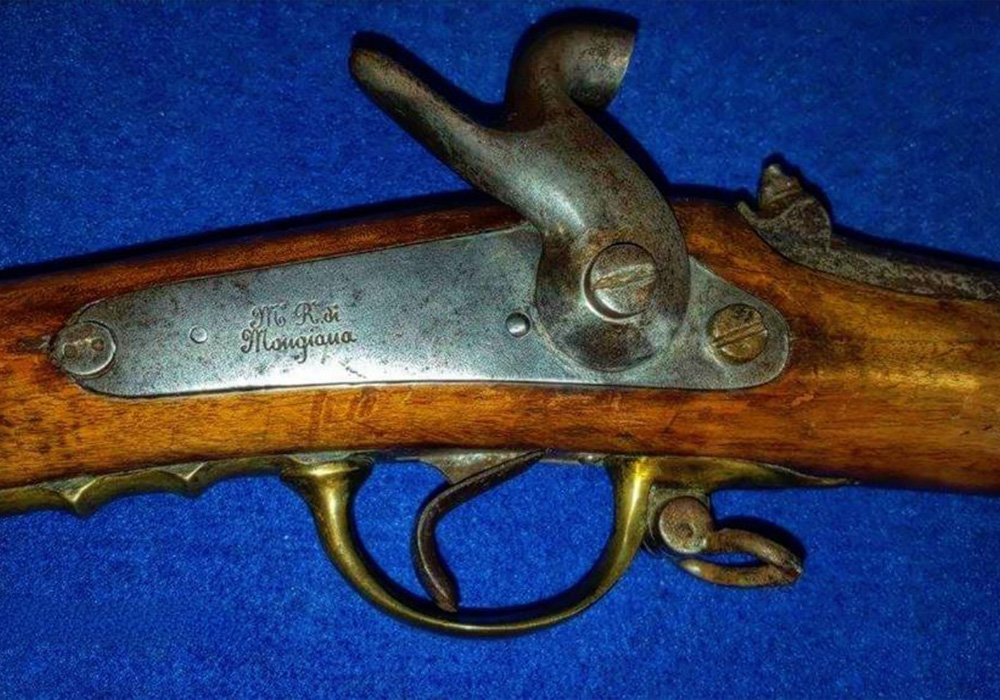
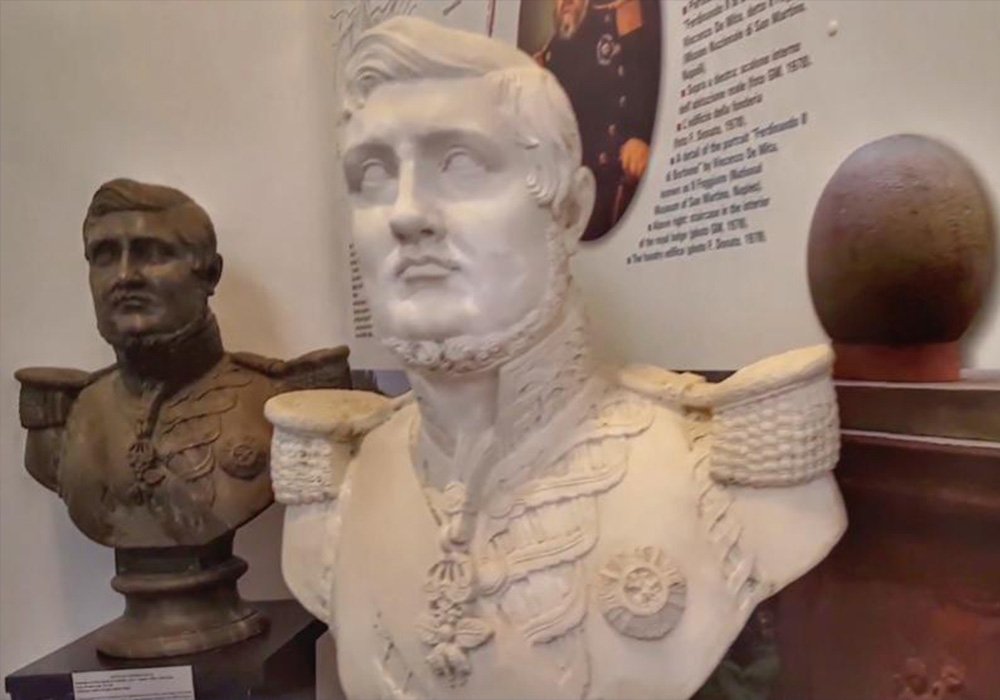
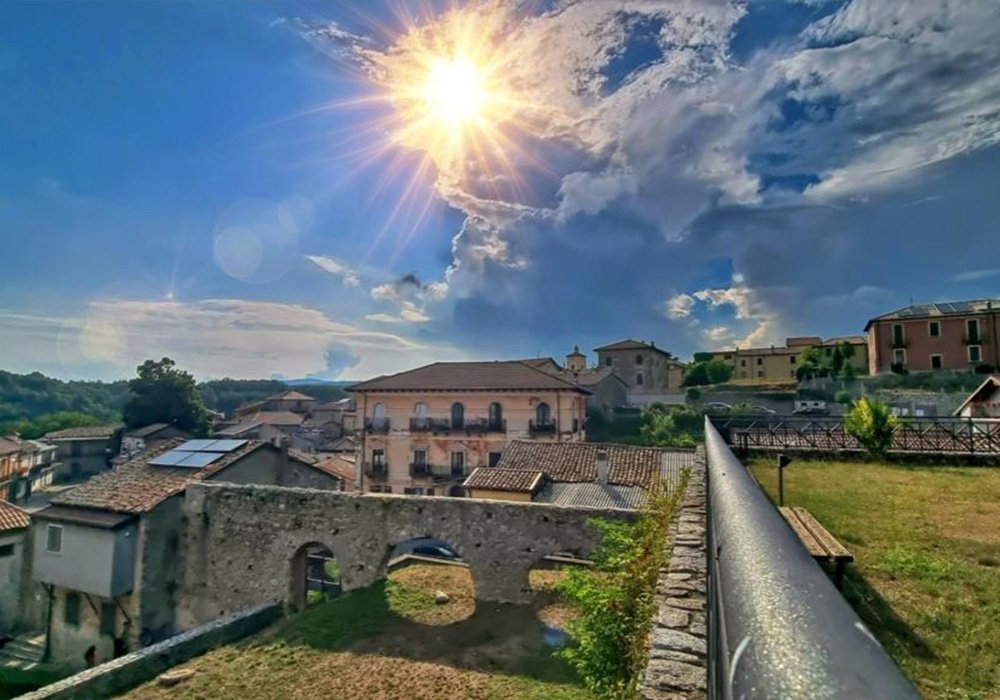
Pizzo Calabro (VV)
Murat Castle
The history of Pizzo Castle is linked to the death of Joachim Murat, King of Naples, a valiant, fearless man who sought victory and the reconquest of his kingdom in Pizzo and instead found death there.
Inside the manor a historical reconstruction reproduces the last days of Joachim Murat’s life, depicting the different moments of the imprisonment of the King and his men: ‘inside the cells, in the semi-subterranean rooms, their imprisonment is reproduced; on the second floor the scene of the summary trial against Murat is represented; in the cell where the King spent the last moments of his life and where he wrote his farewell letter to his wife Carolina and his four children, also on the second floor, the scene of the King’s confession with Canon Masdea is reproduced.
To visit Pizzo Castle is to relive firsthand the historical events that marked the destiny of a people.
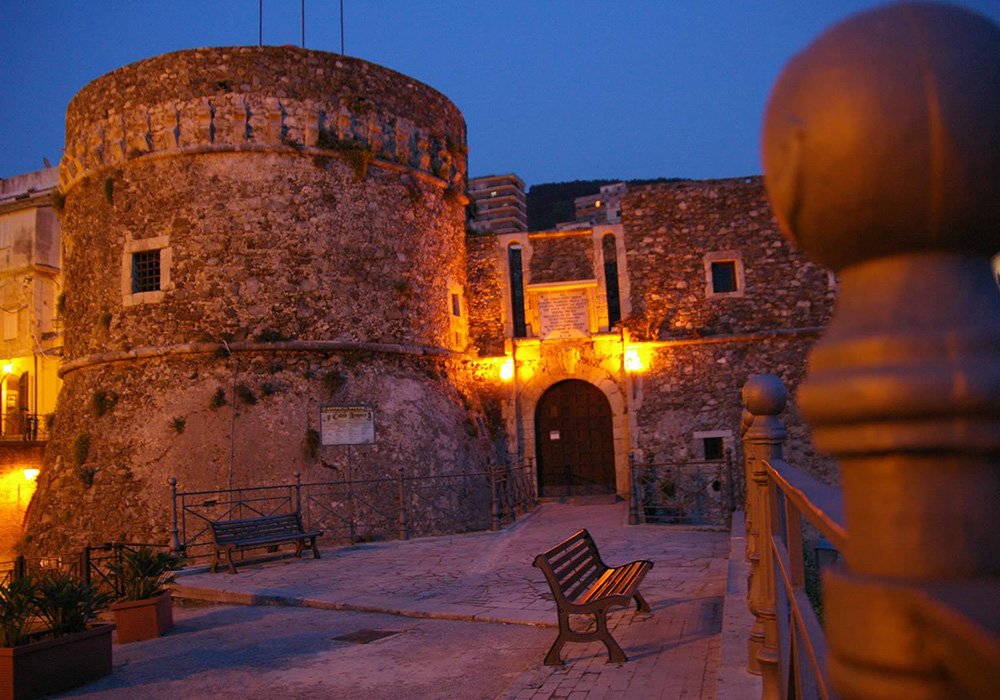

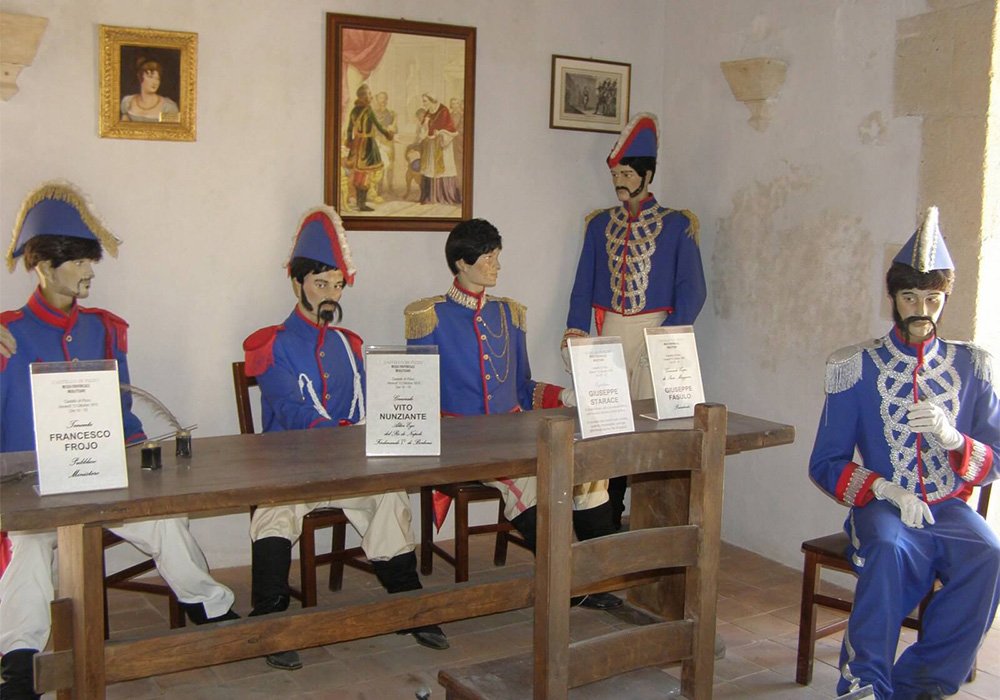
Monterosso Calabro (VV)
'La Filanda' Museum Complex
The ‘La Filanda’ Museum Complex, set up and scientifically curated in a former 19th-century industrial complex by Rosario Chimirri, brings together two related, differently dated institutions.
The Multimedia Museum of the Calabrian Greenhouses reads and documents with digital technologies the nature and culture of a large south-central area of the region. Arranged in didactic panels and projections of large-scale still and moving images, silent and sound, period and current, in four large rooms it presents: geography, flora and fauna, nature trails; territory, town planning, architecture; society, labor, food; dialect picture, traditional music, saint worship, festivals and rituals.
The Museum of the Peasant and Artisanal Civilization of Calabria, established in 1983 on the initiative of the Pro Loco, is divided into six sections, accompanied by captions and black-and-white photographs: costumes; peasant life and work; typical Calabrian fibers; woodworking (sediaio, cooper, turner, carpenter); clay working; and iron working. The exhibition, which received a major recognition in the European Museum of the Year Award in 1986, contributed to the recovery of local traditional culture.
In support of the above-mentioned museums, relevant are: the educational hall with attached services; the premises where a library with a specialized section on museography and demoanthropological museology will be set up; and a Publishing Series for scientific publications related to the topics.
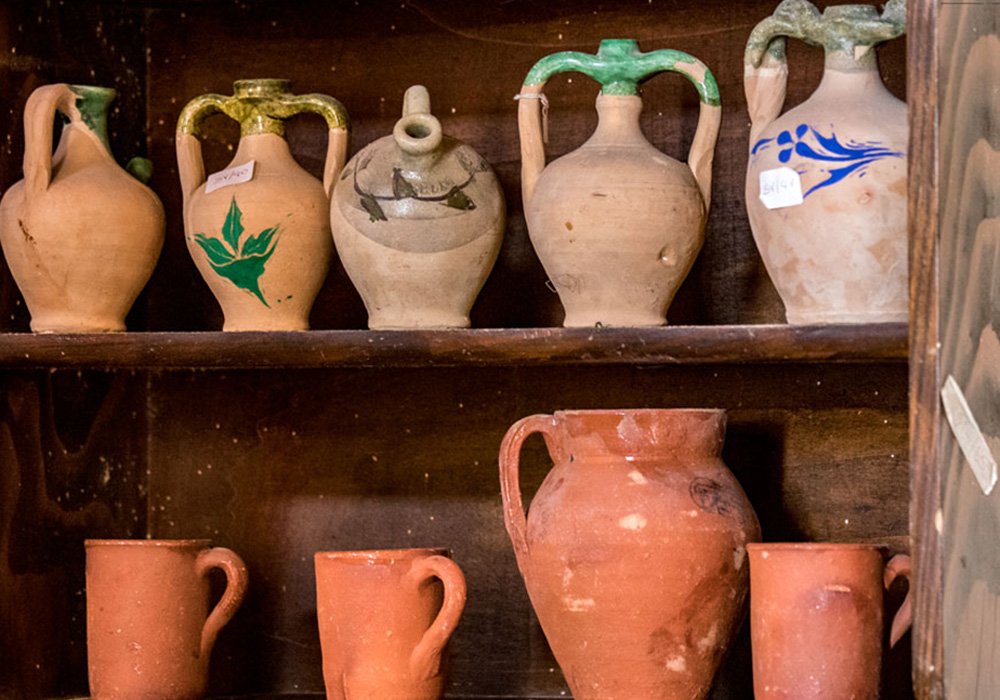
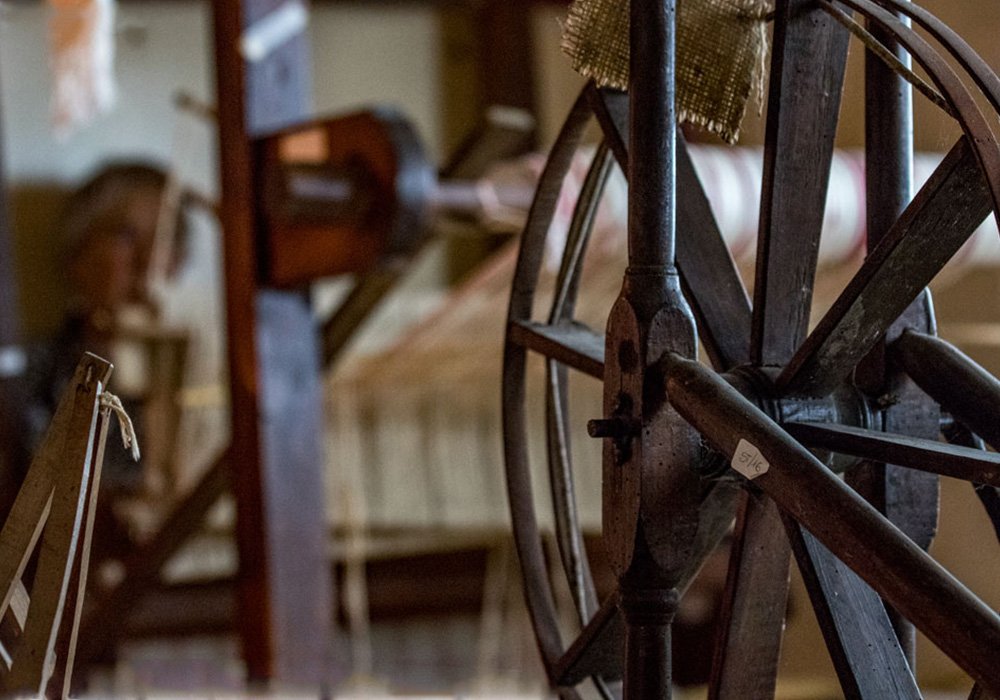
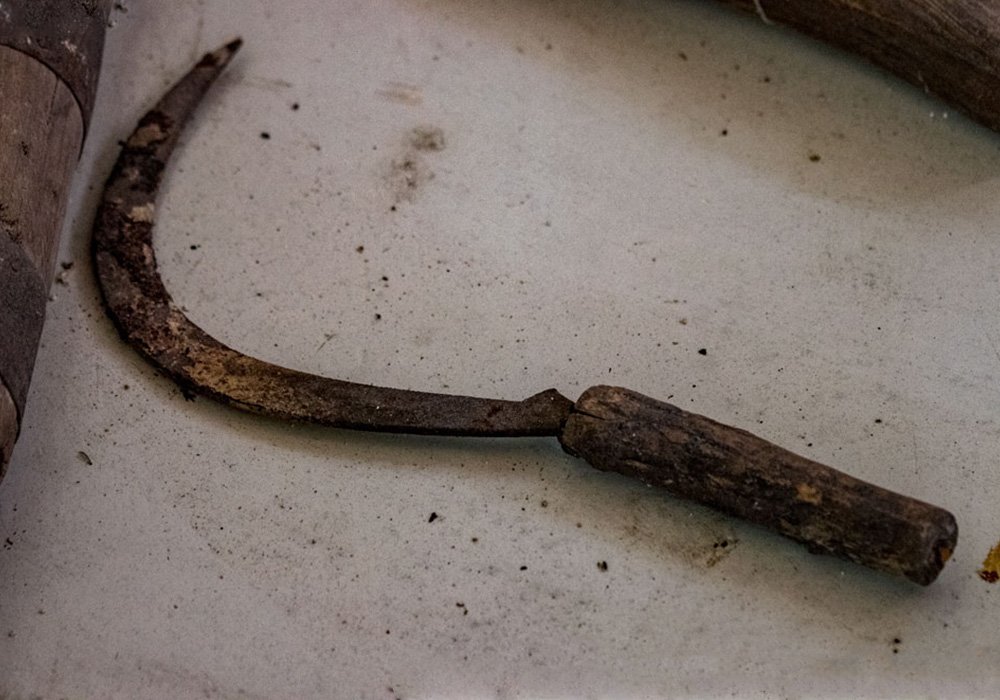
Serra San Bruno (VV)
Villa Bonitas Botanical Museum
A herbarium and botanical garden, in which in addition to about 1,300 species of cataloged plants, historical tools used for woodworking are exhibited (particular is the display of the 4 stages related to the transformation of logs into charcoal) and numerous species of fungi are classified. This is an important space for university teaching that has unique features.
This heritage is usable for residents and all nature lovers who want to deepen their culture and discover the secrets that vegetation holds.
